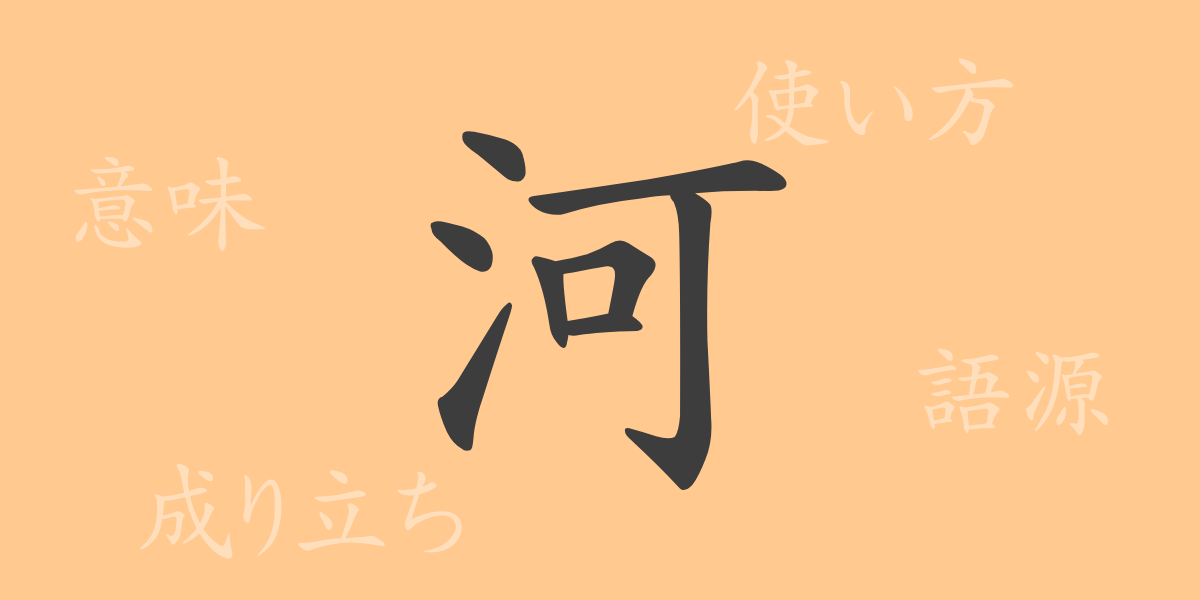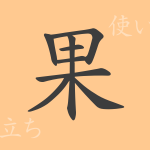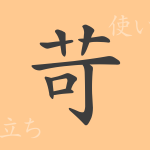The flow of rivers is tranquil, yet their presence is deeply rooted in Japan’s nature and culture. The kanji “河” (Kawa), which is commonly used in Japan, symbolizes this natural element and has been employed in many words and expressions. This article delves into the origin, meaning, usage, and role of this kanji in the Japanese language.
The Origin of 河 (Kawa)
The kanji “河” (Kawa) dates back to ancient times, originating from the Yin dynasty in China. It was initially a pictograph representing the flow of water and, over time, became established as a character denoting rivers or large streams. In Japan, this kanji has been used since ancient times and can be seen in the names of many rivers.
Meaning and Usage of 河 (Kawa)
The kanji “河” (Kawa) broadly refers to the flow of water or rivers, but it is often used specifically to denote large or long rivers. It can also be used in expressions with metaphorical meanings. For example, the phrase “人生の河” (Jinsei- no- Kawa) likens the long journey or process of life to a river.
How to Read 河 (Kawa), Stroke Count, and Radical
Understanding the reading, stroke count, and radical of the kanji “河” (Kawa) is important for grasping its form and meaning.
- Readings: The on’yomi (Sino-Japanese reading) is “か” (Ka), and the kun’yomi (native Japanese reading) is “かわ” (Kawa).
- Stroke Count: A total of 8 strokes.
- Radical: 水 (Mizu), also known as “さんずい” (San-zui), meaning “water.”
Idioms, Phrases, and Proverbs Using 河 (Kawa) and Their Meanings
There are numerous idioms, phrases, and proverbs in the Japanese language that include the kanji “河” (かわ/Kawa), each with its unique meaning and nuance. For example, “河童の川流れ” (Kappa -no- Kawanaga-re) is a proverb teaching that one must never let their guard down, as even a water sprite can be swept away by a river. Another expression, “河岸を変えて飲む” (Kagan -wo -Ka-ete -No-mu), means to change one’s method to achieve a goal. These expressions are often found in everyday conversation and literature, showcasing the richness of the Japanese language.
Conclusion on 河 (Kawa)
The kanji “河” (Kawa) is closely associated with Japan’s nature and culture, and its use extends from ancient times to the present day. This single character, signifying a river, enriches our language with its shape, readings, and the expressions it comprises. Understanding the significance of “河” (Kawa) in the Japanese language can deepen our appreciation of the beauty of Japanese words.

























